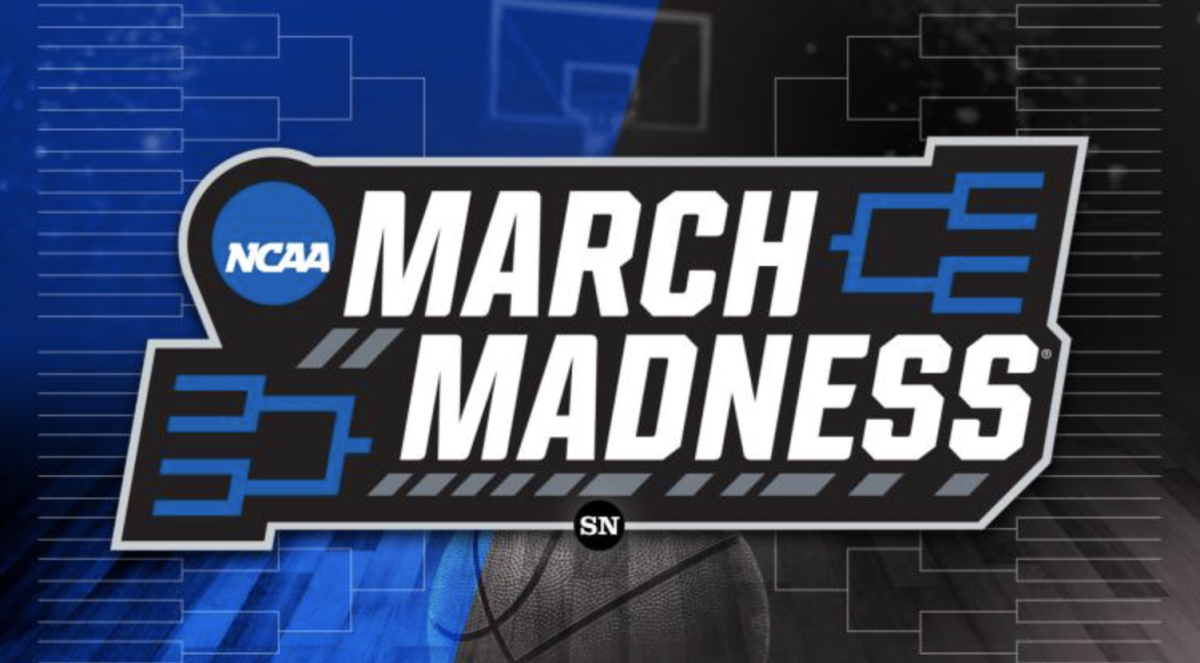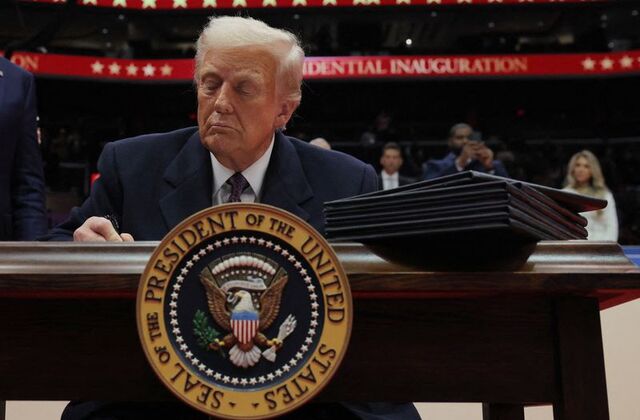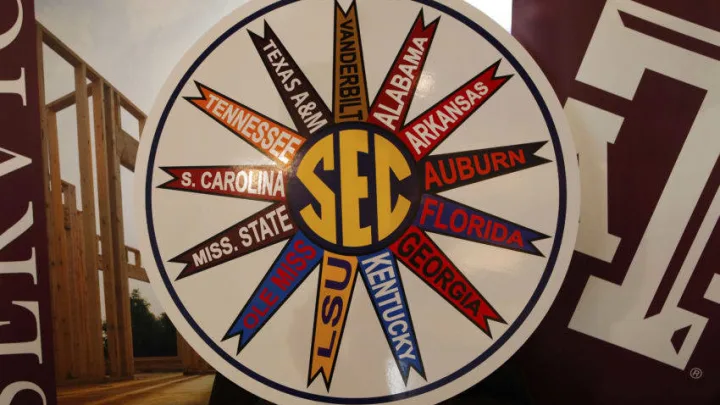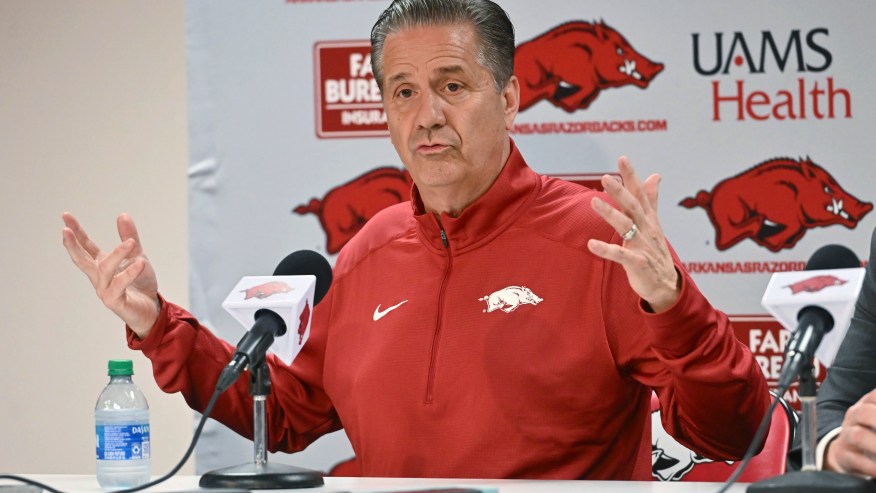n March 27, 1939 the first ever NCAA men’s basketball postseason took place at Patten Gymnasium in Evanston, Illinois. The Oregon Webfoots were crowned national champions after beating Ohio State in a rock fight by a score of 46-33. To get here, the Webfoots only had to win 2 games, as what was known as the National Invitational tournament only featured 8 teams.
The 8 team bracket was utilized until the NCAA officially expanded to 16 teams in 1951. The tournament featured 10 auto bids, meaning the 10 teams that won their respective conference tournament had punched an automatic ticket to go dancing that march. The last 6 went to the top 6 non-conference champions, as these got the term “at-large bids”. Just two years later, the tournament expanded to 22 teams. For the next 24 years, the number of teams competing varied, as they switched between anywhere from 22 to 25.
Once again, the NCAA expanded, this time to 32 in 1975. The 32 team era only lasted a short 4 years, until the NCAA began experimenting with different numbers of teams for a 4 year period. The expansion started with jumping from 32 to 40. The 40 team tournament only lasted a year before adding another 8 bringing the total to 48. Though this era was full of uncertainty and major changes, this era gave fans some of the best games ever, including Lorenzo Charles iconic buzzer-beating dunk for NC State in the National Championship, as well as Michael Jordan’s devastating game winner against Georgetown in the 1982 National championship.
In 1985, the Ncaa seemed to hit the sweet spot, as they expanded to 64 teams. Many major changes were made that have a large impact on the game today. There was no longer a limit on each conference’s number of at-large bids, creating a much more competitive tournament. The regions were also now made to be as competitive as possible, when in the past they had been based around teams geographical location. From a gameplay perspective, the three point line was added, leading to a mass increase in scoring, changing the game drastically from both an offense and defense perspective.
And now, 38 years later since the move to 68 teams, there has been no major changes, and for good reason. The NCAA struck gold with a 68 team post season. It took 40 years searching for the perfect number of teams to compete in the postseason, and they found it, or so we thought. Everyone seemed to be satisfied, until rumors began to spread about the NCAA wanting to expand the tournament, with the rumored number being anywhere between 72 to 76 teams. The decision to expand to 76 would only be benefiting the people at the top of the food chain: power 6 schools as well as the NCAA. It benefits Power 6 schools by allowing another 8 schools to squeeze into the tournament. For the NCAA, the sole fact that more money creates more revenue means that they will back the decision. Outside of these two groups, the expansion only hurts the fans and the over quality of the tournament and regular season.
The current 68 team model makes for the perfect collegiate postseason. The single elimination format makes every game mean more, and leads to more upsets and chaos compared to any other post season. Every March there is a new school that the whole public is unfamiliar with that makes a feel-good Cinderella run that will never be forgotten. 68 bigger than any other postseason in sports, and has no need to expand. As they say “If it’s not broken, don’t fix it”.
The first danger of an expanded tournament comes into effect in the regular season. Every season, one of the biggest storylines in the sport is the “bubble” which is the teams that are just on the fence of making the tournament. Some of the biggest and most high steaks games of the regular season and conference tournament week comes from borderline tournament teams. Towards the end of the season, just one game can end a bubble team’s season. By expanding the tournament, the bubble would become significantly entertaining. In the current format, the teams receiving the last few at large spots are still extremely high quality teams. This year alone, the last at large teams had records of 24-10, 24-10, 23-10, and 22-20. These are all teams that have an ability to make a deep run in March Madness. Just three years ago UCLA, a team that just barely squeaked into the Dance, would go on to make the Final Four and was a buzzer beater away from the national championship.
That’s what makes March Madness so special. Any team, especially the at-large teams have the ability to bust brackets and break hearts of fans all throughout the tournament. By expanding the tournament, the quality is reduced. By allowing more teams into the tournament, it leads to an over-saturated and less exciting postseason that rewards mediocrity. These 8 extra teams will consist of sub bars, barely above .500 teams who bring no entertainment to the fans who wait all year for the best tournament in sports.
Most importantly, the expanded tournament also brings the risk of killing the yearly Cinderella stories. An expanded tournament would be for the benefit of power 5 athletic directories by giving more spots for their schools, but the benefits wouldn’t end there. An expanded tournament may lead to a restructured format, where the small-major schools would have to win an additional game to even make it into the field of 64. But why would the NCAA do this? Why hurt the small schools that give tournaments the special element that no other post season in all other sports have? The answer is simple. Money. These Athletic Directories have more power and leverage than all small/mid major schools combined, meaning that they have the ability to convince the NCAA to knockout these small brand schools, allowing more room for the big power conference schools.
This would be a travesty to the greatest postseason in sports. The most memorable moments in the tournament from the last decade come from small major schools making runs. From UMBC and FDU knocking off 1 seeds in bracket busting upsets, to Saint Peters knocking off multiple perennial powerhouse programs into an unforgettable elite 8 run, these moments leave fans with memories that will be never forgotten.
It took the NCAA 40 years to find the perfect postseason. The fans, players and coaches all loved the 68 team format, which stayed in place for 40 years. The current format should remain untouched, for the sake of the sport and everyone involved.



















